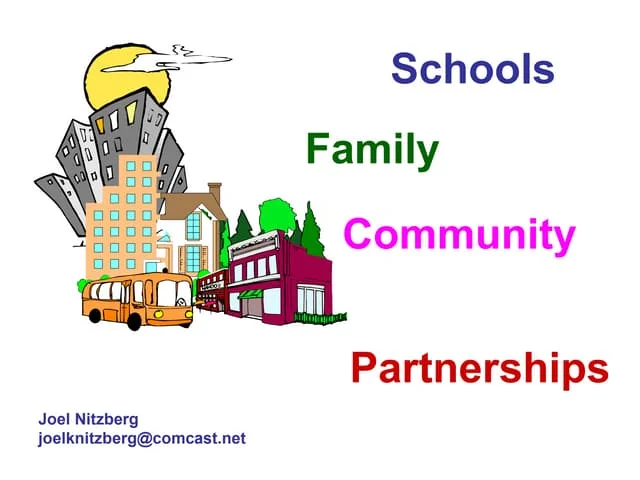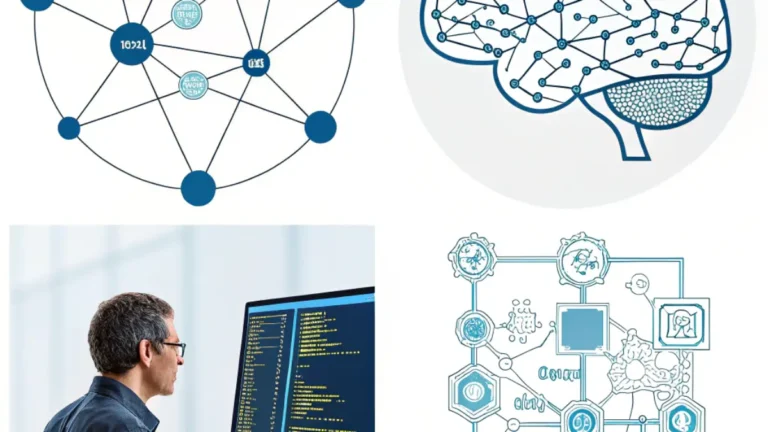
The traditional boundaries between schools and communities have increasingly blurred as education systems recognize that student success depends on coordinated support extending beyond classroom walls. Effective school-community partnerships leverage diverse resources, expertise, and relationships to address complex factors affecting educational outcomes while connecting academic learning to authentic community contexts. These collaborative arrangements transform how teachers understand their role, how students experience education, and how communities engage with their schools beyond traditional parent involvement focused primarily on supporting school-determined priorities.
Community schools represent comprehensive partnership models integrating academic, health, social service, and community development functions within school settings. These full-service approaches typically include on-site health clinics, family resource centers, extended learning programs, adult education opportunities, and community use facilities operating beyond traditional school hours. The resulting integrated service hub addresses non-academic barriers to learning through coordinated support systems while positioning schools as neighborhood anchors contributing to community vitality beyond their educational function. Implementation requires sophisticated coordination structures bridging traditionally separate institutional boundaries through shared governance, integrated data systems, and collaborative funding mechanisms.
Business partnerships have evolved beyond simplistic adopt-a-school programs toward strategic collaborations addressing mutual interests in workforce development, community improvement, and educational enhancement. Effective models include career exploration programs connecting classroom content to workplace application, professional mentoring developing both technical and soft skills, teacher externships building industry understanding that enhances curriculum relevance, and collaborative problem-solving addressing community challenges through student-led projects with business guidance. These partnerships provide authentic learning contexts while developing relationships that often lead to employment opportunities, industry-aligned curriculum, and material resource support.
School-Community Partnerships
Community-based organizations—including youth development programs, cultural institutions, faith communities, and social service agencies—offer complementary expertise, specialized programming, and relationship networks that enhance educational experiences. Effective partnerships strategically align these external resources with school improvement priorities through collaborative planning, shared outcome frameworks, coordinated scheduling, and ongoing communication systems. This alignment ensures complementary rather than fragmented support while maintaining appropriate boundaries between educational functions and other youth development dimensions.
Parent engagement has evolved from narrow involvement supporting school-determined activities toward authentic partnership recognizing parents as essential collaborators in educational processes. Contemporary approaches emphasize two-way communication, shared decision-making through governance structures, cultural responsiveness acknowledging diverse family perspectives, and capability-building supporting parent leadership development. These approaches recognize that meaningful engagement requires addressing logistical barriers through flexible scheduling, transportation assistance, translation services, and childcare provision that enable participation regardless of work constraints or language differences.
Community Organizations
Community development approaches position schools as anchor institutions contributing to neighborhood revitalization through facility design supporting community use, local hiring practices creating economic opportunity, procurement policies supporting neighborhood businesses, and housing initiatives stabilizing surrounding areas. These comprehensive approaches recognize that school improvement cannot succeed amid neighborhood decline, while community development benefits from strong educational institutions attracting families and supporting workforce development. Implementation requires long-term perspective beyond immediate academic metrics to address interdependent community systems affecting educational outcomes.
Cultural institutions including museums, libraries, theaters, and historical sites offer specialized resources enhancing curriculum through authentic artifacts, primary sources, performance opportunities, and specialized expertise. Effective partnerships move beyond occasional field trips to systematic curriculum integration, collaborative program development, shared staff positions, and coordinated assessment demonstrating partnership impact on learning outcomes. These relationships expand learning beyond classroom limitations while providing cultural institutions meaningful educational impact and audience development supporting their institutional missions.
Funding mechanisms represent critical consideration for sustainable partnerships beyond initial grant periods or administrative enthusiasm. Sustainable approaches include braided funding combining resources from multiple sources while maintaining appropriate fiscal boundaries, shared positions funded across partner organizations, mutual resource contributions beyond financial exchange, and long-term agreements establishing ongoing commitment beyond year-to-year uncertainty. These financial structures acknowledge that meaningful partnership requires resource investment from all participants while developing equitable exchange relationships rather than dependent service recipient arrangements.
Evaluation approaches must address both process and outcome dimensions across multiple stakeholder perspectives. Comprehensive frameworks examine partnership quality indicators including communication effectiveness, decision-making processes, resource contribution equity, and relationship satisfaction alongside impact measures addressing student outcomes, family benefits, teacher effects, and community improvement. These multidimensional approaches acknowledge that partnerships create complex, interconnected impacts extending beyond narrow academic metrics while providing essential accountability data justifying continued investment across participating organizations.
Professional preparation rarely addresses partnership development explicitly, leaving educators unprepared for the complex boundary-spanning work essential for effective collaboration. Developing necessary capabilities requires both preservice training addressing community engagement principles and ongoing professional learning building specific skills in stakeholder analysis, collaborative leadership, cross-organizational communication, and cultural brokering across institutional boundaries. These competencies represent increasingly essential professional requirements as education’s interconnection with broader social systems becomes more explicitly acknowledged in school improvement efforts.
Conclusion
The future of school-community partnerships lies in systemic approaches that move beyond programmatic interventions to address fundamental relationships between educational institutions and their communities. This evolution requires shifting from school-centric models where community resources primarily serve school-determined priorities toward genuine collaboration where diverse stakeholders collectively determine shared outcomes reflecting multiple institutional missions. The resulting partnerships transform not only educational delivery but also how communities understand their role in supporting learning ecosystems extending far beyond traditional school boundaries into every aspect of community life affecting child and family wellbeing.






